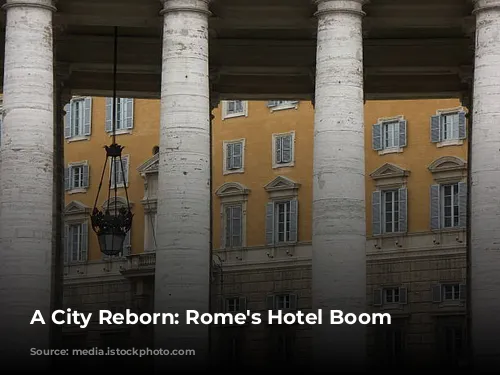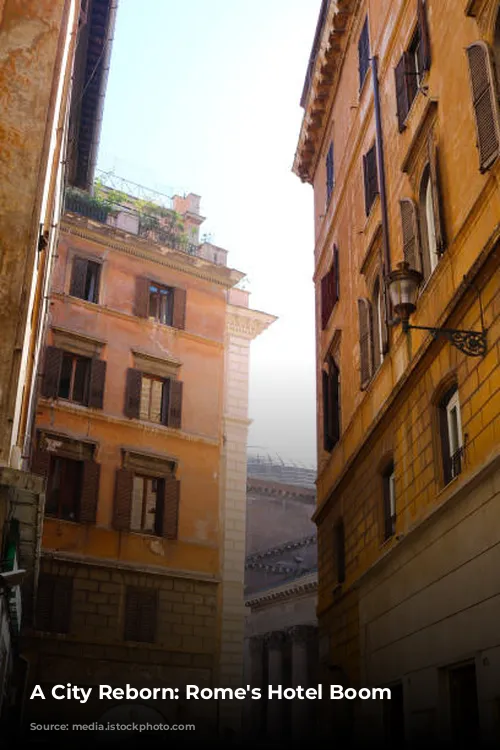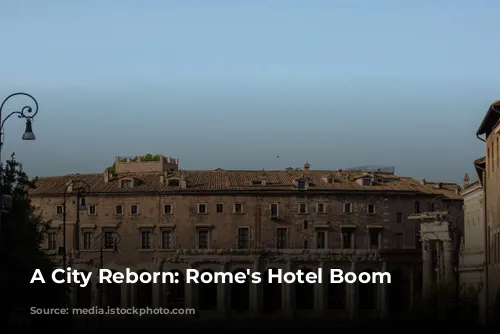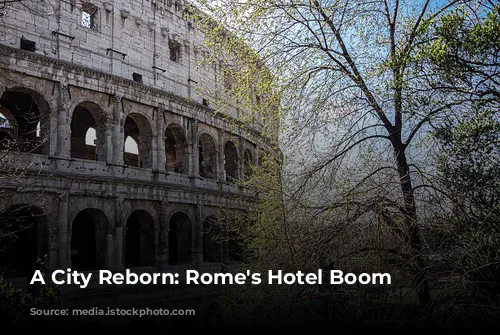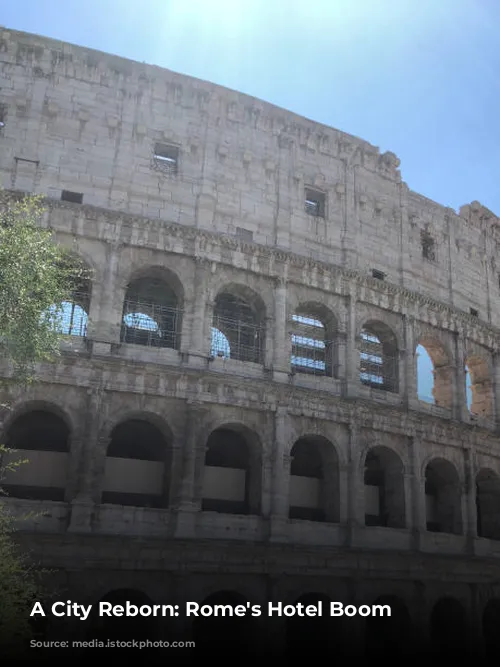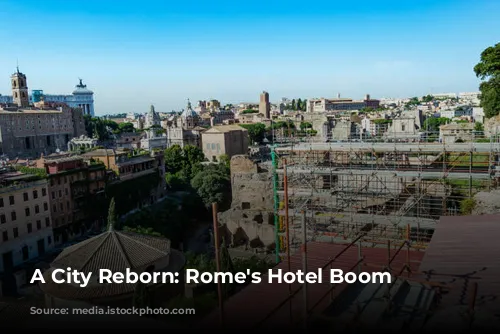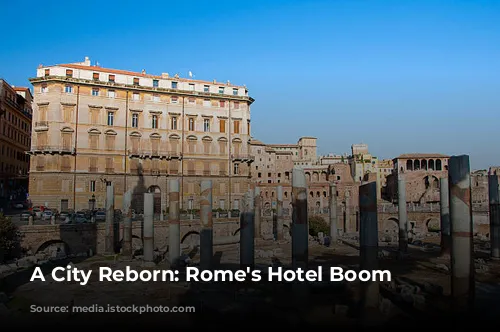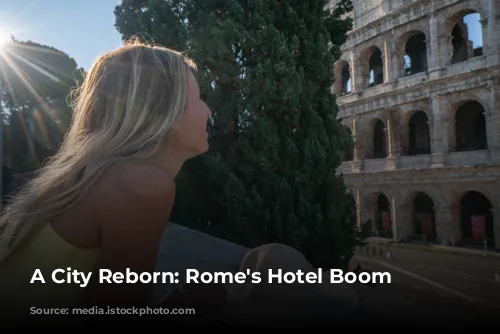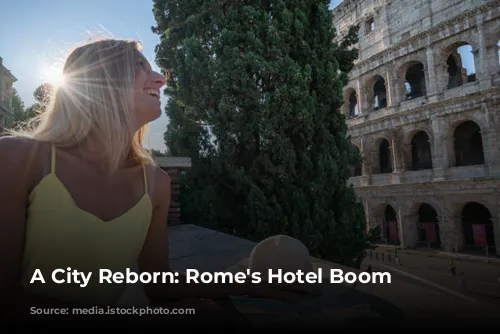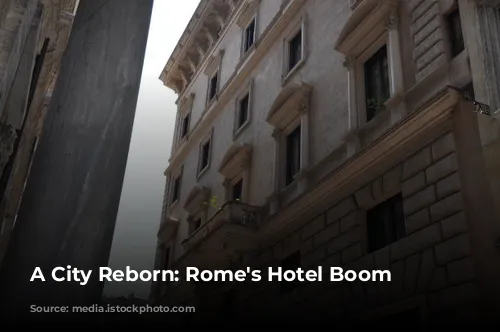Rome, a city steeped in history, is experiencing a dramatic resurgence in luxury hotels, offering guests a unique blend of ancient charm and modern luxury. The city’s rich past and dynamic present are coming together to create a vibrant and exciting travel destination.
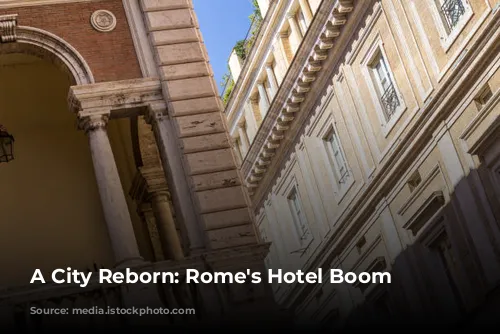
Digging Deep: History Meets Hospitality
“Rome is built on layers, and the more you dig, the more you find out,” says Federico Catalioto, sustainability curator at Six Senses Rome. As we walk through the Baroque nave of San Marcello al Corso, a church with a fascinating past, Catalioto’s words ring true. The church, home to a miraculous crucifix that survived a devastating fire in 1519, is a testament to the city’s resilience. Descending into the dimly lit basement, we discover remnants of Rome’s oldest known baptism sanctuary, dating back to the 4th century. This historical treasure shares the space with a former 15th-century palazzo, now transformed into the Six Senses hotel.
The hotel itself is a testament to the city’s urban regeneration. After a three-year restoration project, the Six Senses Rome opened this spring. The restoration not only revived the church’s grand facade but also brought back two 600-year-old columns that now stand proudly in the hotel lobby. While the hotel embraces a California modern aesthetic, it seamlessly incorporates reverential nods to Roman architecture, from the Cocciopesto in the guest rooms to a traditional Roman bathhouse and tepidarium on the ground floor.
“We’ve created a sustainable oasis in the center of Rome, and through this restoration, we’re creating an emotional connection to the building and to one of the world’s most historic cities in the process,” Catalioto shares. He goes on to explain that Six Senses offers behind-the-scenes tours for guests, providing a deeper understanding of the city’s historical tapestry.
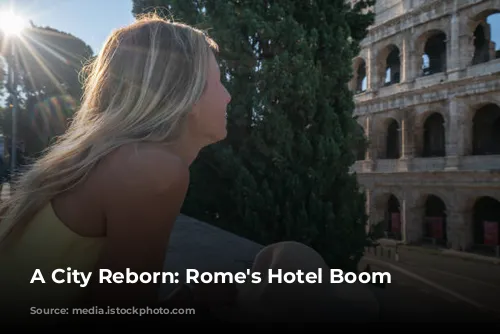
A City on the Rise: New Hotels, New Experiences
The Six Senses is just one example of the luxury hotel boom happening in Rome. The InterContinental Rome Ambasciatori Palace and Anantara Palazzo Naiadi Rome Hotel are other notable additions to the city’s hospitality landscape. The Anantara, in particular, sits atop the ancient Baths of Diocletian, offering guests a unique glimpse into the city’s Roman past. Original foundations, pools, and mosaics are still on display through the ground floor of this palatial hotel.
“The rise in Rome’s luxury hotels has been many years in the making,” Fabiola Balduzzi, Director of Communications for Hotel Eden, tells me over a delightful ricotta stuffed zucchini flowers and turmeric Cacio e Pepe on the hotel’s rooftop Il Giardino Ristorante. Dating back to 1889, the Hotel Eden is a historical gem in the Dorchester Collection. It has been the preferred destination for starlets, royals, and dignitaries, whose photographs adorn the hallway leading to the restaurant. The hotel was among the first major luxury brands to undergo renovations, emerging as one of the city’s finest examples of “the new Rome.”
“Post-pandemic, we have seen Rome changing and evolving into a more attractive international destination,” Balduzzi says. The city’s recent success is attributed to a variety of factors, including large-scale musical events, prestigious sporting events like the Ryder Cup, and the upcoming Jubilee in 2025. The possibility of hosting the World Expo in 2030 further solidifies Rome’s position as a global destination. Balduzzi believes that the future of Rome lies in providing authentic experiences that will keep travelers coming back. To that end, Hotel Eden recently launched a new experience that takes guests from the hotel to Italy’s Lazio region by yacht, helicopter, or Ferrari F8 Tributo Spider, offering a unique and unforgettable exploration of the region.
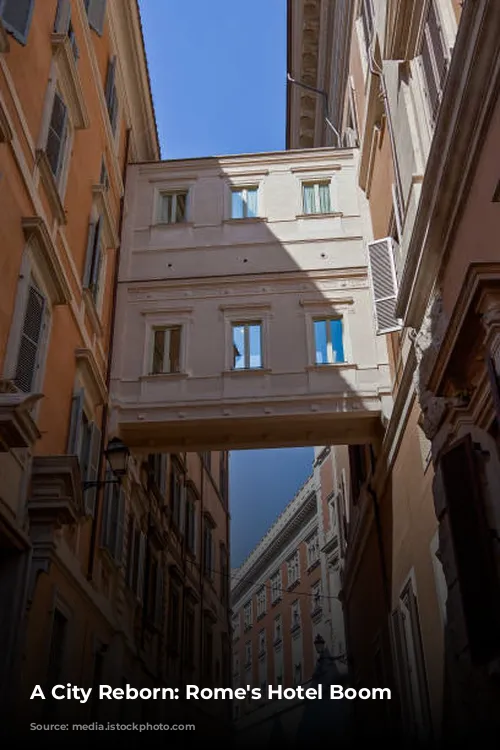
A New Era of Luxury: Italianate Glamour
The Bulgari Hotel Roma, located along Via del Corso, is another example of a new hotel pushing Rome towards a more experiential future. Opened in June, it is already a popular spot for both travelers and trendy locals, enjoying aperitifs beneath the porticoes on the ground floor of Il Caffe.
The hotel’s building, which dates back to the 1930s, overlooks the Mausoleum of Augustus. From the hand-made mosaic rosettes in the bathrooms to the Bulgari-pattered tapestries and hand-made Murano crystals and lamps, the hotel exudes Italianate glamour. Inspired by the patterns of the historic Terme di Caracalla Bath, the subterranean Bulgari Spa, with its marble columns and stained-glass windows, is as close to heaven on earth as hotel spas come.
The Rome Edition, located in a former 1940s bank, is another stunning example of a hotel reinvigorating a midcentury building. This sexy Ian Schrager-boutique boasts plant-filled courtyards, a striking marble staircase, and a modern emerald-and-cream-colored lobby.
“The eyes of the world are on Rome,” Catalioto says in Six Senses’ light-filled café-bar BIVIUM. “BIVIUM, meaning crossroads, is the perfect analogy for what’s happening in this city right now.” The city of Rome, once a symbol of ancient grandeur, is now experiencing a revitalization, attracting international attention with its blend of history, luxury, and modern experiences. The future of Rome, with its new hotels and innovative experiences, is bright and exciting, promising a truly unique and unforgettable travel destination.
